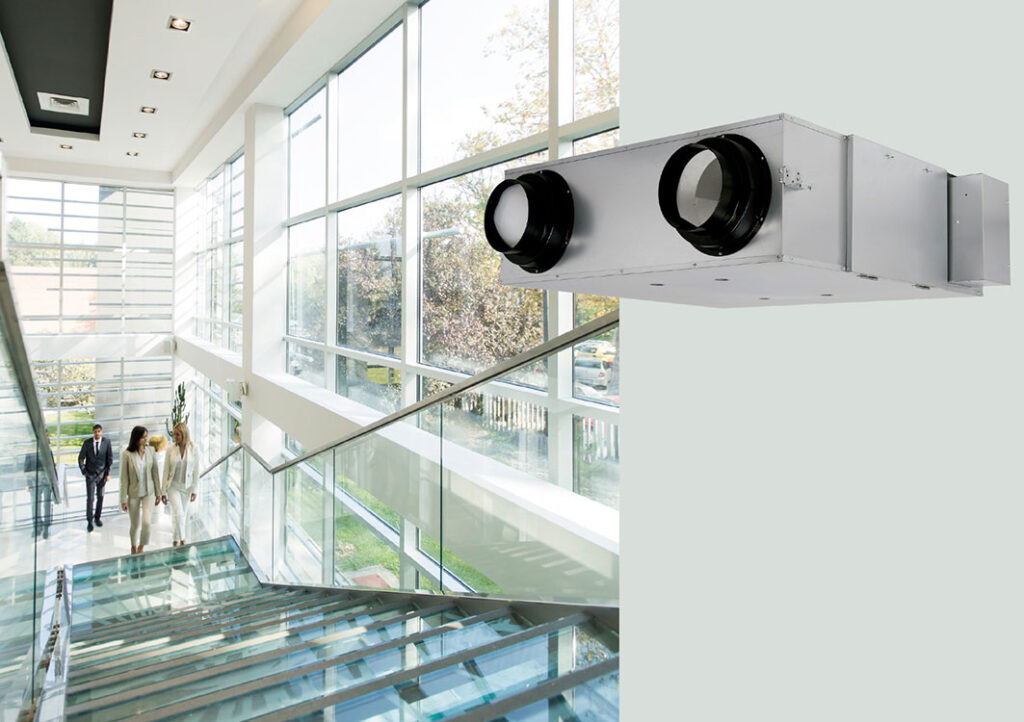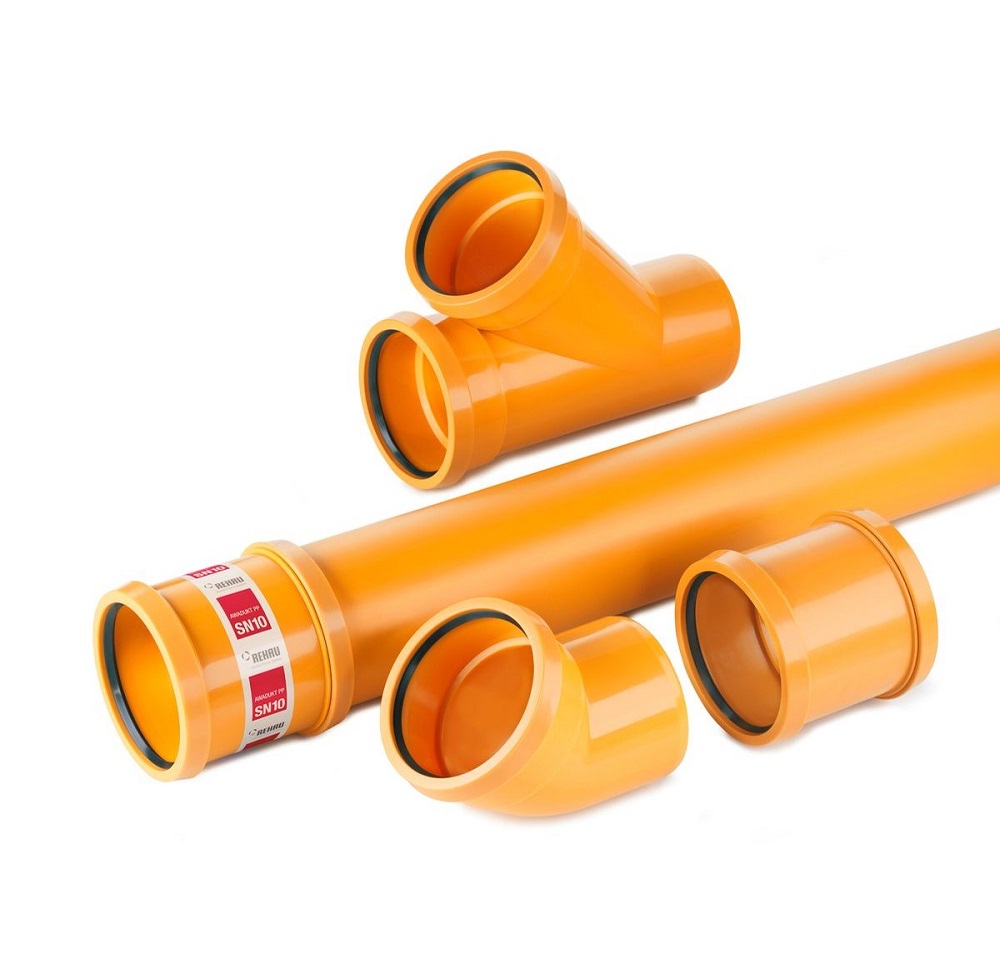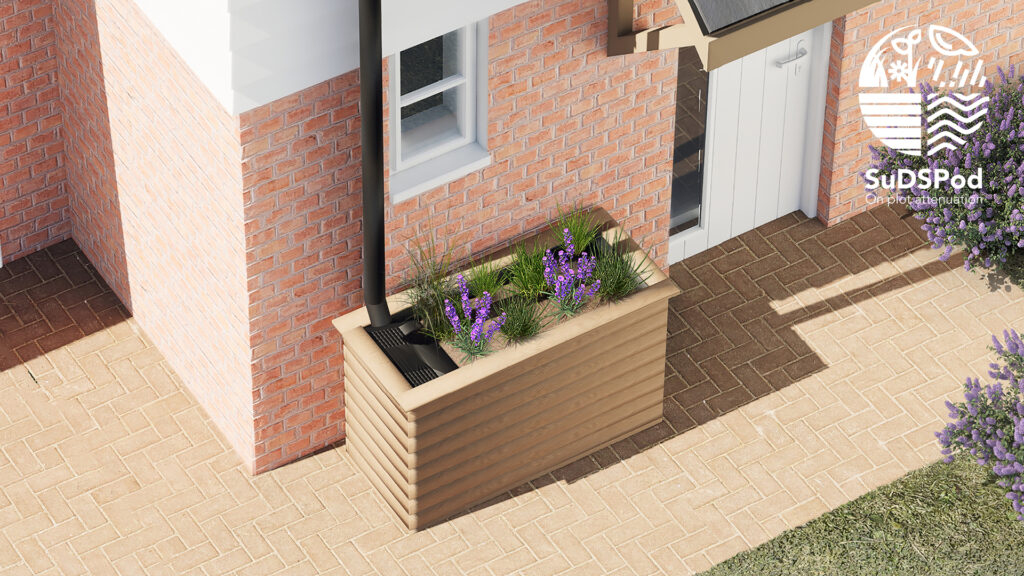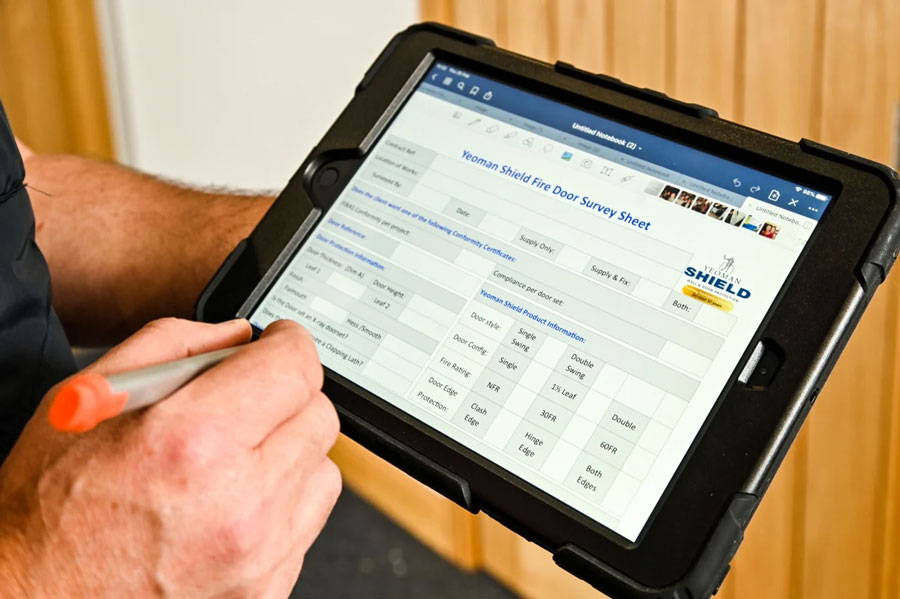Alarm awareness
After 25 years in the business, Aico’s number one topic of enquiry to our technical team remains false alarms, which are almost always caused by an inappropriate alarm type being used. Just as you have different types of fire extinguishers to put out fires, you have a variety of alarm sensors to detect them. That’s because materials burn in different ways and produce different types of smoke.
Selecting the right alarm is really not that difficult and there are plenty of training courses and tools out there to guide you along the decision making path. No matter the manufacturer, smoke alarms will be fitted with one of two different sensors – Optical or Ionisation.
Ideal location
Optical alarms are ideal at detecting large particle smoke from smouldering fires typical of those involving furniture and electrical goods. They are less likely to react to the type of invisible smoke produced by cooking fumes, making them ideal for circulation spaces such as hallways close to kitchens and landings. However, they can react to steam, so should not be located too close to bathrooms.
Ionisation alarms react well to the almost invisible smoke produced by fast flaming fires, most often caused by clothing or papers. They are sensitive to cooking fumes, so shouldn’t be used anywhere near a kitchen. Despite being the most popular alarm – most likely because they are the lowest cost – they are generally best left to bedrooms.
A further alarm type is available – heat alarms. These don’t detect smoke at all, but instead react to temperatures of 58°C or over. A heat alarm should only be used in a kitchen or garage, and only as part of a fire alarm system that also includes interconnected smoke alarms.
High standards
Alarm installation is guided by Building Regulations and BS 5839-6:2013 (the standard for domestic smoke alarm installations) which clearly identifies both grades of alarm system to use and categories of protection.
Grade D is the most common for domestic properties and requires one or more interlinked mains powered smoke alarms (and heat alarms if required), each with an integral stand-by supply. Interlinking the alarms provides an earlier warning for residents and the best chance of escape. When one alarm goes off, all the other alarms on the system activate. Interlinking can be achieved through hardwiring or by using wireless interconnection technology, such as Aico’s RadioLINK.
Categories are the level of protection afforded by the smoke alarm system and range from High (Category LD1) through to Minimum (Category LD3) protection. For those unsure, Aico recommends Medium protection (Category LD2) for the majority of installations. The level of protection required will dictate the number of rooms to be protected with an alarm, as laid out in BS 5839-6:2013.
Multi-purpose
If you are in doubt as to what alarm type you should use (e.g. where the bathroom is close to the kitchen or where there is an open plan kitchen) then opt for a Multi-Sensor.
A Multi-Sensor combines optical and heat sensors in the one alarm unit and has built-in intelligence which enables it to not only monitor the signals from both sensors, but also to interpret them. This allows it to detect all different fire types.
To really get to grips with fire alarm systems and all they have to offer, you might want to consider a dedicated training scheme for your contractors. There are also plenty of resources out there to help with the alarm selection process. Aico has a range of these including our Electrical Contractors Handybook, our online Smoke Alarm Specification Selector and a recently produced short YouTube animation to help further explain what alarms to fit where.
Fitting the right alarm type is fundamental to a successful smoke alarm installation. If you’ve done the job properly, by fitting a quality mains powered alarm with the appropriate sensor for the alarm’s location, there is no reason why you should hear back from the home owner for the life of the alarm.




















